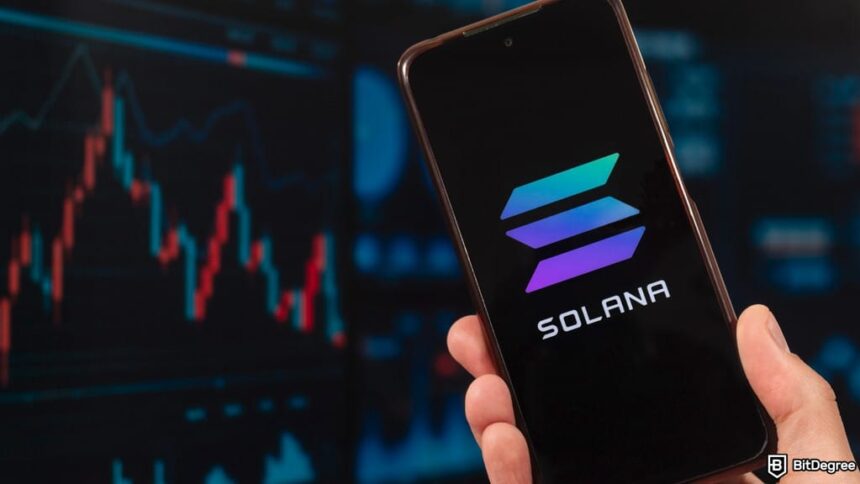Solana
The jump came during a weekend stress test that used lightweight program calls to push the system’s limits.
According to an August 17 post on X by Mert Mumtaz, co-founder of Helius, Solana’s main network became the “first major blockchain” to process 100,000 TPS. He pointed to one block that showed 43,016 confirmed transactions and 50 failures, which produced a peak of about 107,540 TPS.

Did you know?
Subscribe – We publish new crypto explainer videos every week!
Is Decentralized Anonymous Blockchain a Myth? (Explained!)

The majority of these transactions were not trades or payments. Instead, they were “no-op” calls, basic instructions that do not carry out any real task.
Solana requires every transaction to include at least one instruction, and the no-op program acts as a placeholder when nothing else is needed. Developers often rely on these minimal instructions to test how far the network can be pushed.
Mumtaz explained that while the data was driven by no-op activity, the results still hint at what might be possible in practical use. He suggested that, in theory, the network could handle between 80,000 and 100,000 TPS for common functions such as transfers or oracle updates under the right conditions.
In reality, Solana’s day-to-day throughput is much lower. Current figures from Solscan show around 3,700 TPS. Even that number can be misleading, since about two-thirds of it comes from validator votes.
Meanwhile, Base, Coinbase’s Layer-2 blockchain, recently stopped producing blocks for 33 minutes. What happened? Read the full story.











